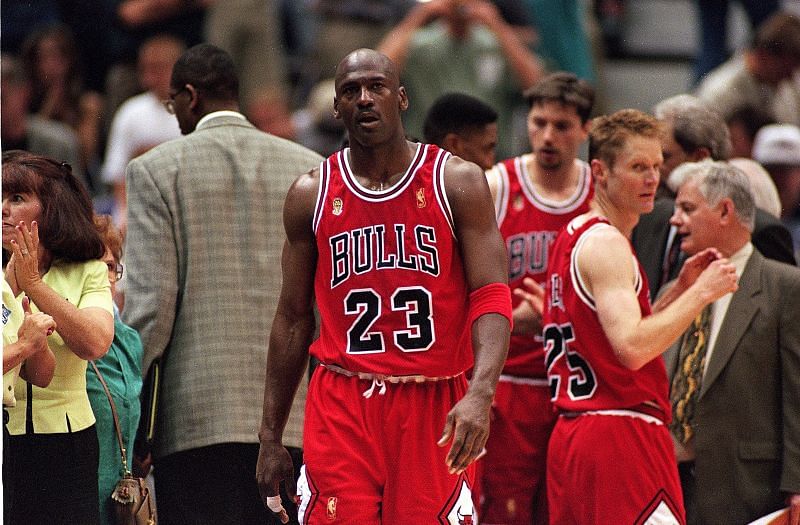
Could Michael Jordan average 50 points in today's NBA?
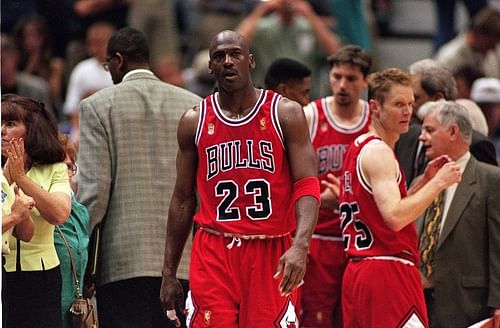
Michael Jordan is back in the NBA news after Metta Sandiford-Artest declared that the Chicago Bulls legend could average 50 points if he played in the league even in this era.
In a recent interview with Shannon Sharpe on the 'Club Shay Shay' podcast, the former LA Lakers forward made the bold declaration when asked what Jordan would average if he were to play in the NBA today.
“More than James Harden,” Artest said.
When told that Harden averaged 36 points a game for a season, Artest stood his ground.
“I was in the Jordan era,” Artest explained further. “I was in the LeBron (James), Kobe (Bryant), (Tim) Duncan, and I was at the tail end. I’ve played with these guys. I’ve seen all the 3-point balls go up. Jordan would average 50.”
“If he wanted to,” Artest said. “James Harden wants to average 50. He just can’t. He got 38. Amazing. If Jordan wants to average 50, if he was playing in this era, I think he averages 50.”
On that note, let's have a look at how Michael Jordan's era compares with today's NBA, and if the legend would fare as well now as he did back in the day.
The Michael Jordan era vs Today’s NBA
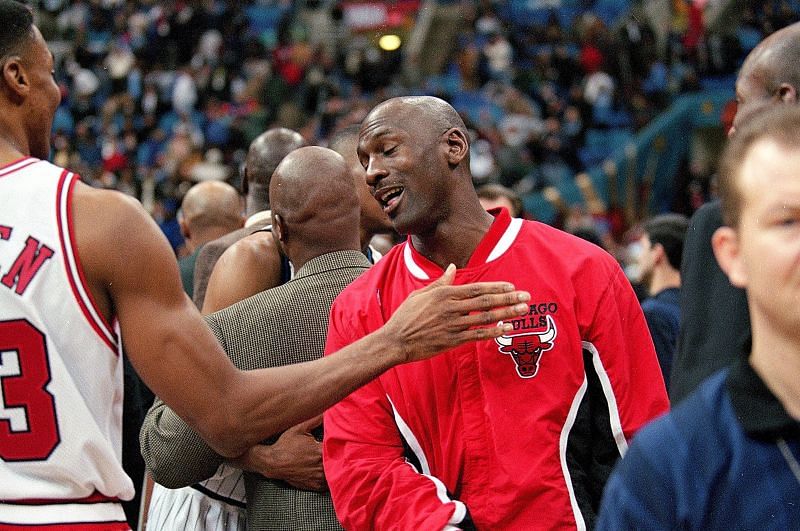
ESPN’s Mike Greenberg had an analytical approach last year to answer the question Artest was asked. It’s an outstanding analysis that requires further attention, and one in which I’d like to add some of my thoughts to, while considering other factors as well.
Michael Jordan’s absolute scoring prime was during his third and fourth seasons in the league (1986-87 and 1987-88). In those two seasons, he averaged 36 points per game on 50.7% shooting from the field, and had a career-high scoring average of 37.1 points in 1986-87.
It’s interesting to note that conditioning and the athleticism of the players before weren’t as advanced as they are now. However, Michael Jordan was one of the first NBA players to have his own personal trainer, and he was far above his peers in terms of athleticism as well.
Michael Jordan’s scoring wasn’t tied to his athleticism
Even when players caught up to him in these two areas - conditioning and athleticism - during the 2001-02 season, a 38-year old Michael Jordan in a Washington Wizards uniform was considered an MVP candidate at the All-Star break, averaging 25.1 points a night.
If not for a knee injury that bothered him after the All-Star break, he could have sustained that average and even surpassed it that campaign, considering the way he was revving up.
In the ten games before the All-Star Game, Jordan was putting up 29.7 points per contest.
Remember, he was three years removed from his Chicago Bulls playing days. But he still averaged 22.9 points per game for the season while dealing with injuries (including broken ribs prior to training camp) that would have forced most players to sit out half the season.
Also read: All about Michael Jordan’s wife, Yvette Prieto?
Michael Jordan’s ability to score wasn’t dependent on his athleticism. His athleticism was merely one of the tools he used to put the ball in the hole easily. Jordan’s jump shot was nearly as lethal as his forays to the hoop. And that says something about how smart he was in finding the best shot available from the perimeter.
Could Michael Jordan shoot 3-pointers well in today’s NBA?
Greenberg mentioned Michael Jordan’s 3-point shooting in his take. During that legendary two-year period (1986-87 to 1987-88), Jordan shot just 16% from the 3-point range, and made only 19 3-pointers in 164 games. As everyone knows, teams back then didn’t shoot 3-pointers as much as they do now.
But the league changed somewhat when it shortened the 3-point line to a uniform 22-feet distance from 1994-95 to 1996–97 as the NBA strived to increase the scoring.
Sensing the shift in the game, Michael Jordan took advantage of the opportunity from 1995 to 1997, attempting more threes than ever in his career. Jordan shot a whopping 748 3-pointers (including playoffs), making 287 of them for an impressive 38.4% shooting from behind the arc. In six NBA Finals, His Airness made 42 of 114 3-pointers for a cool 36.8% shooting from the deep.
Also Read: Who are Michael Jordan's Kids?
Though Michael Jordan didn’t shoot (or even practice) shooting the 3-pointer as much or as well during his playing days, it’s safe to say that he would adapt to the NBA’s style of play today. Most likely, his percentage would go up because of more practice time taking threes, and he would likely shoot almost as many as five threes a game. That would add around 1.8 points or more per game to his average.
The pace of the game
Interestingly, when it comes to pace, the NBA was at 99.2 in 2020-21, but it was faster in 1986-87 at 100.8. However, NBA teams averaged 112.1 points per game last season, while teams in 1986-87 averaged 109.9, an increase of 2.2 points per game.
That may have something to do with the number of 3-pointers teams are taking now compared to what they did before. Teams used to average 1.4 3-pointers made per game compared to that of the last season when ball clubs averaged an astounding 12.7 made threes a night.
What that means for Michael Jordan is that he would have likely score a bit more today because of an increase in his 3-point shooting, but not because of the pace of the game.
Defending Michael Jordan without the hand-check rule
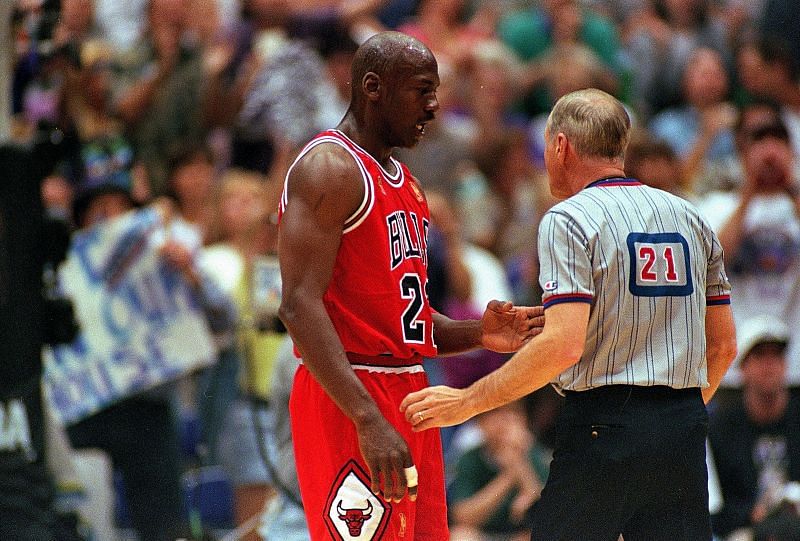
When Michael Jordan was wreaking havoc on the court in 1986-87, he scored at least 50 points a game eight times, including two times when he scored 61. He also scored 40 or more points in an outing on an astounding 37 occasions.
And this was when the hand-check rule was not yet enforced. Can you imagine how many times he would have scored and caused defenders to foul him on his way to the rack now?
In 1986-87, Michael Jordan averaged 10.2 free throws made on 11.9 attempts per game. He accomplished this without flopping. Without hand-checking, he would probably have been fouled 14 times a game and make at least 12 of them, almost two points more than his earlier average.
Verdict
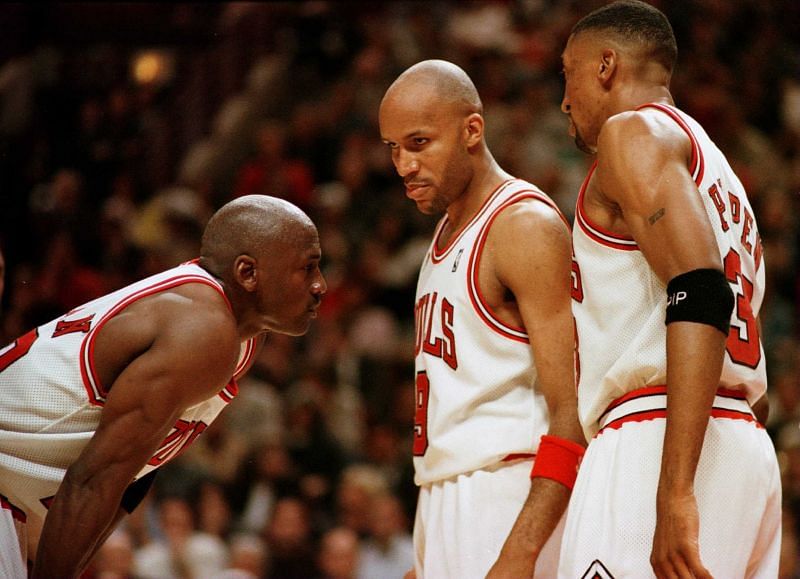
If Michael Jordan played under today’s rules, playing the way he did without hand-checking and with the 3-point shot as part of his arsenal, it’s safe to say that he would have scored more than 40 points per game quite comfortably.
But 50 points per game might be a stretch even for one as offensively gifted as Michael Jordan. Considering everything, it’s probably safer to assume that Air Jordan would have soared to at least 43 points per game, and maybe even 45 at best, if he played in the NBA today.
If that was the case, he would have joined Wilt Chamberlain as the only players to average 40 or more points in a season. Jordan’s hypothetical statistical milestone would be incredible to watch if he played in today’s NBA. It’s a pity we can only imagine it and not see it up close and on Ultra 4K television.
You may also like: "You have no brains, if you're going to choose Russell Westbrook" - Skip Bayless blasts LeBron James for choosing the former MVP over Buddy Hield.